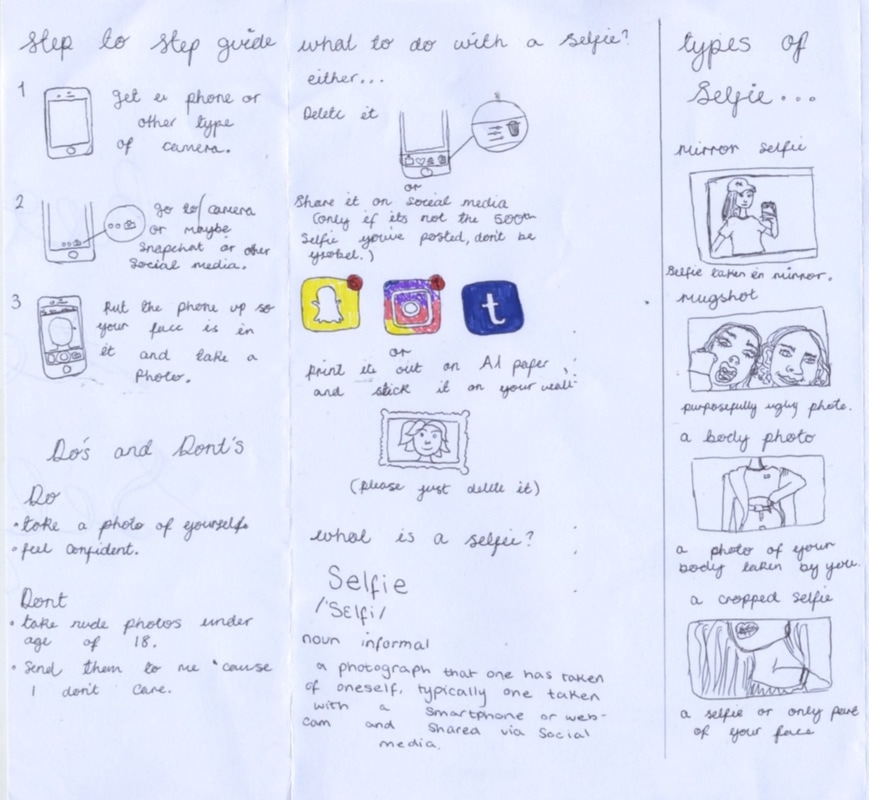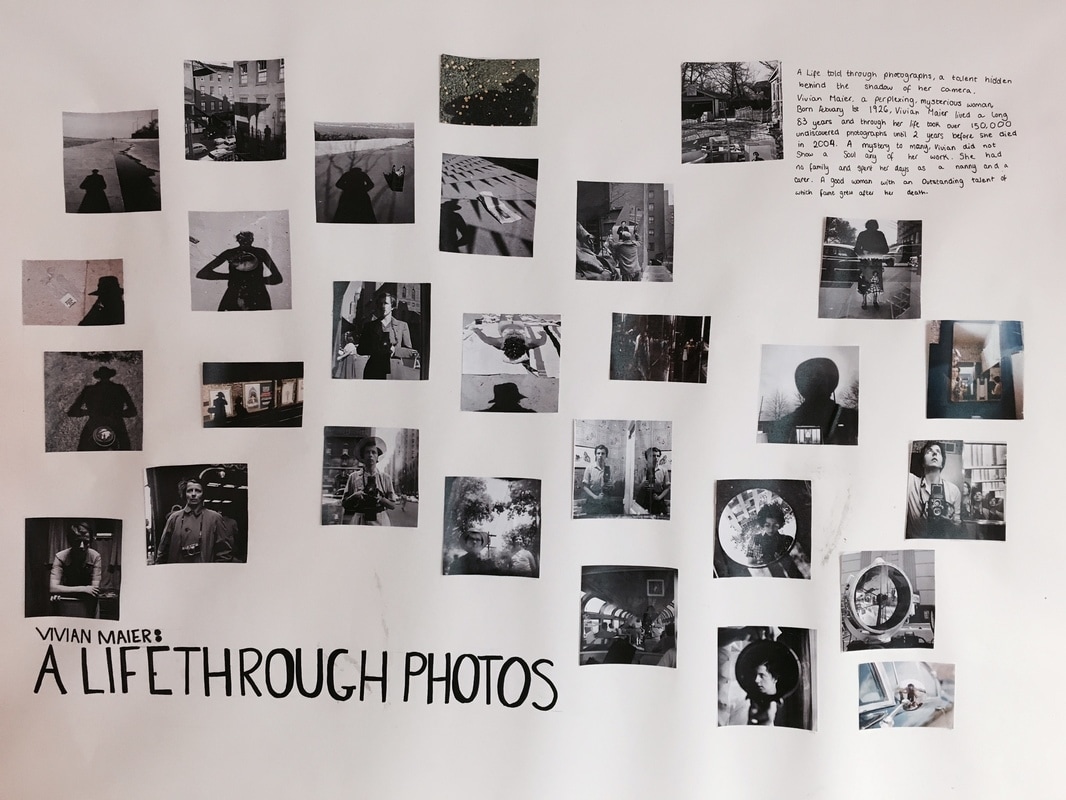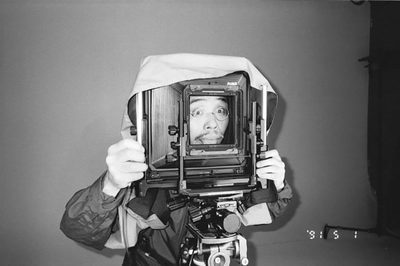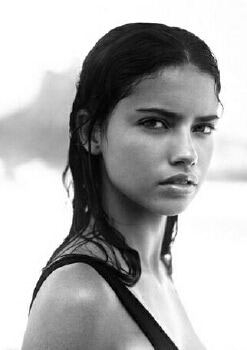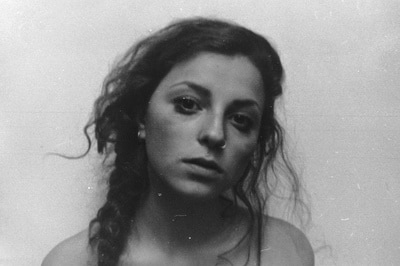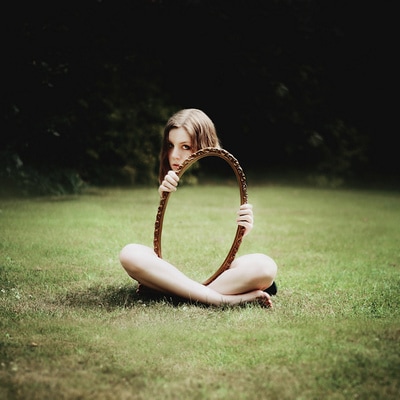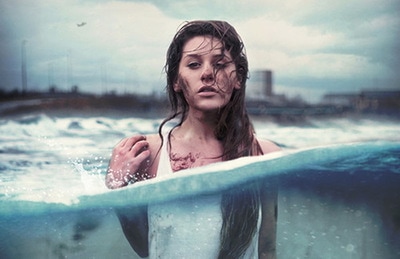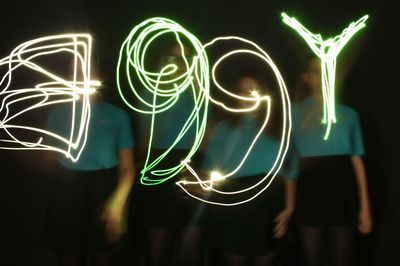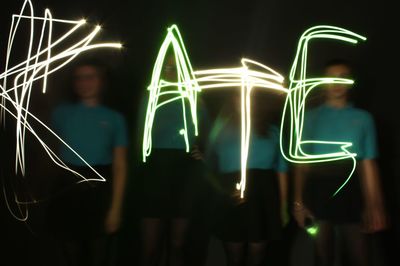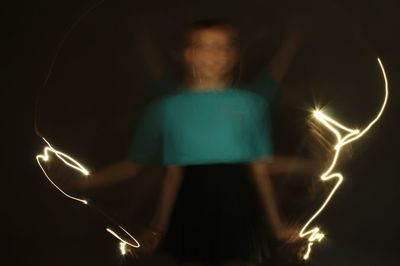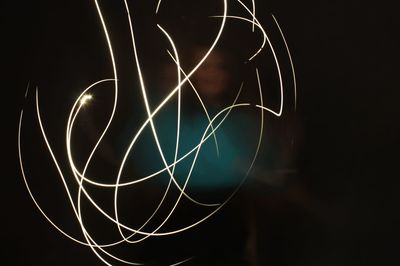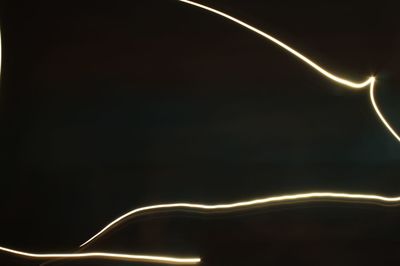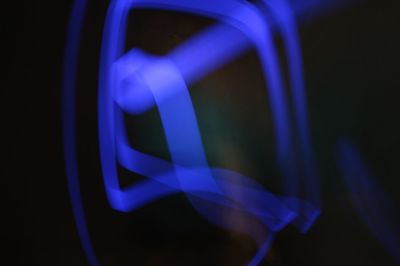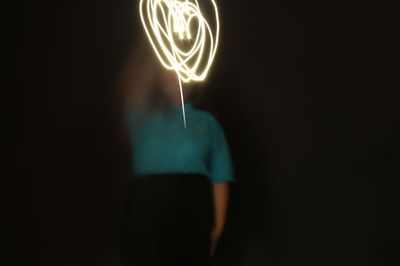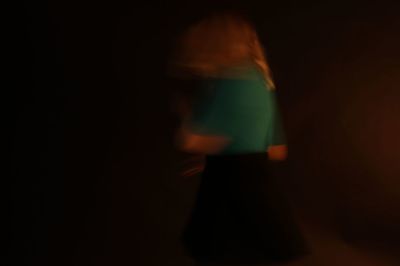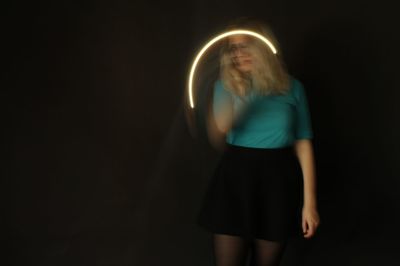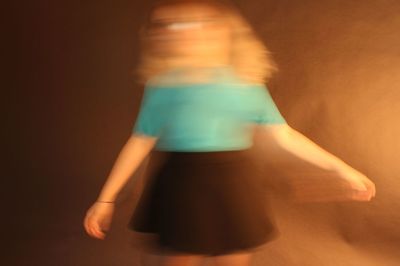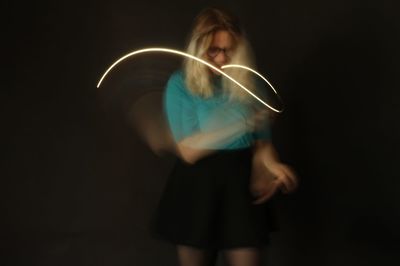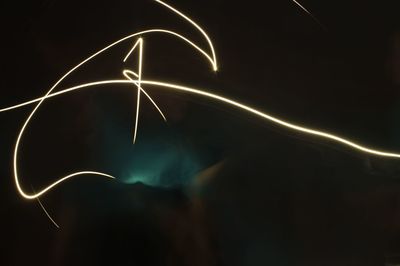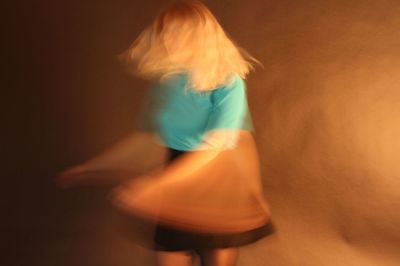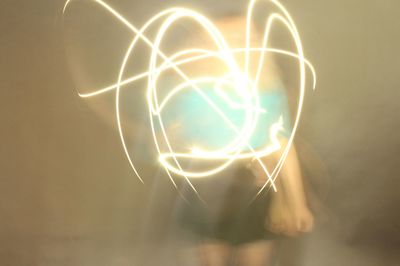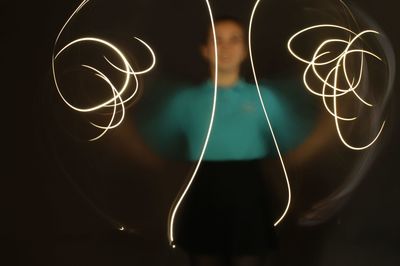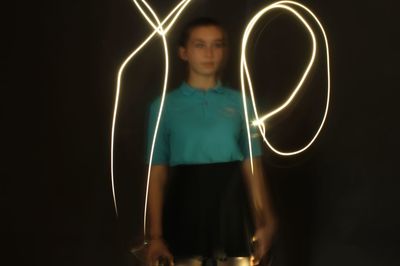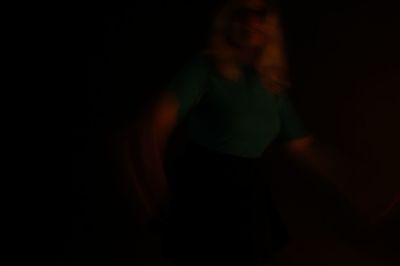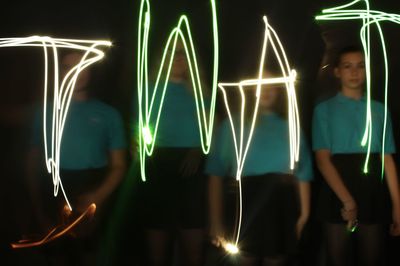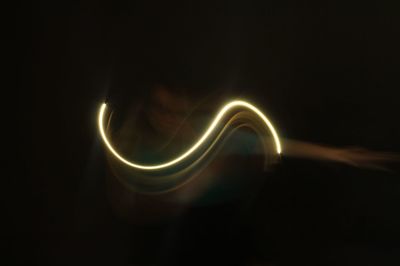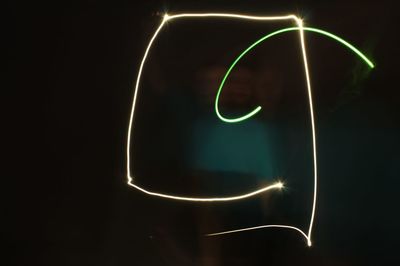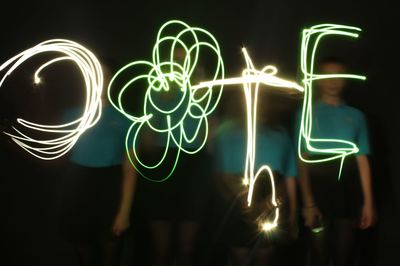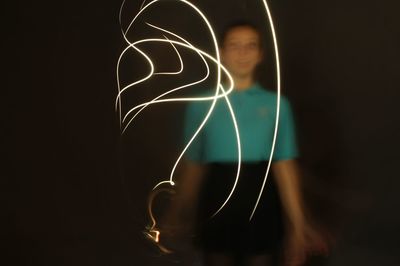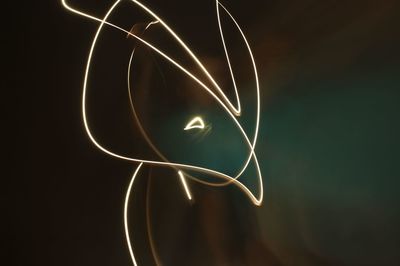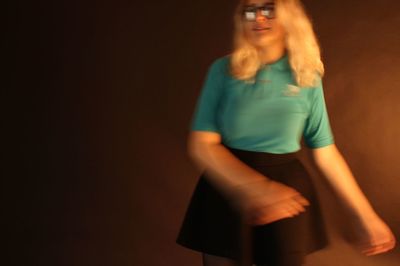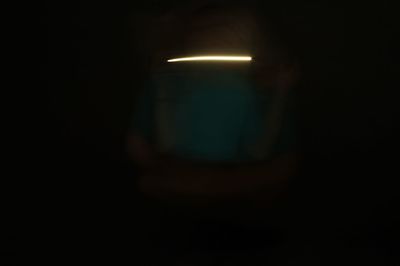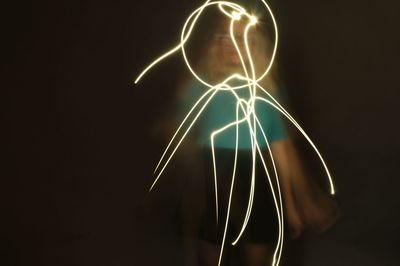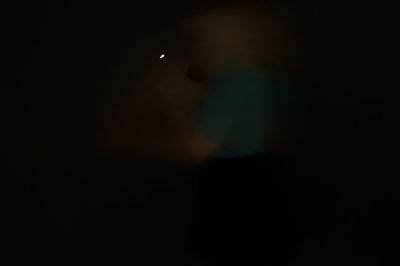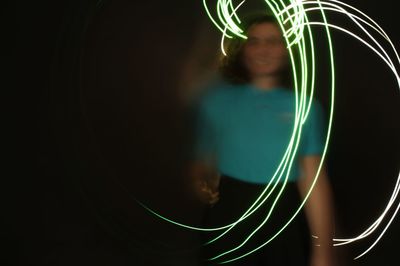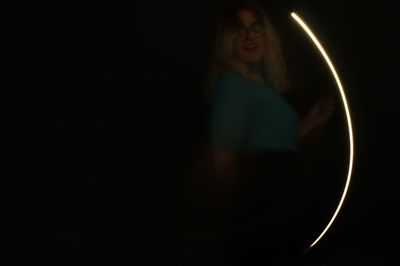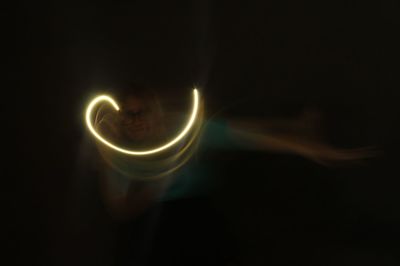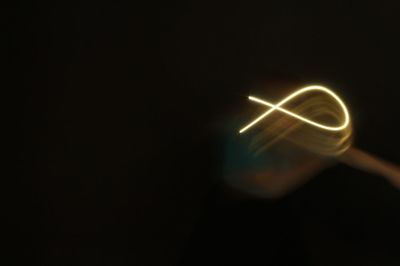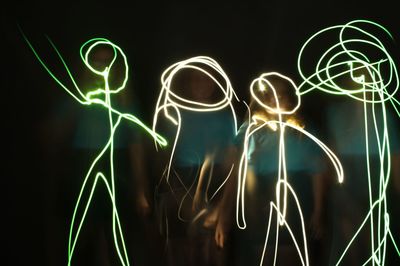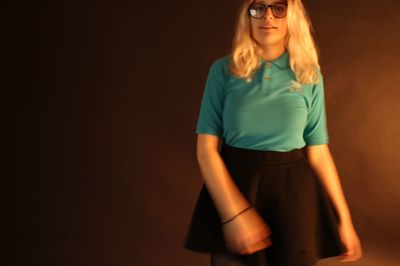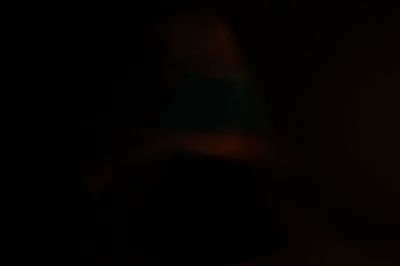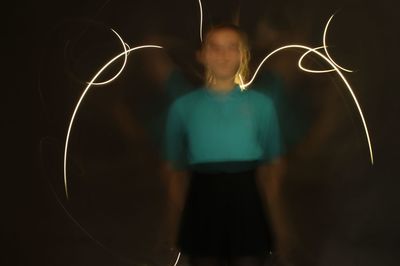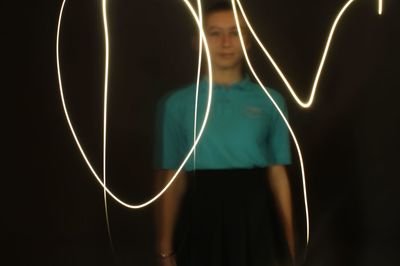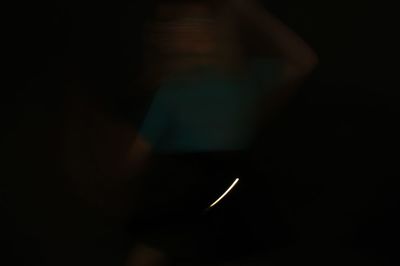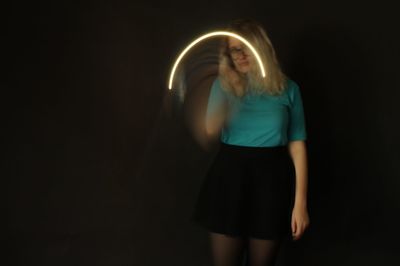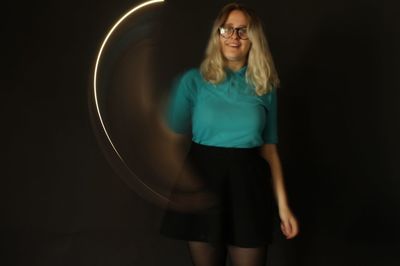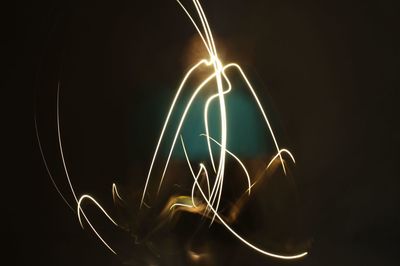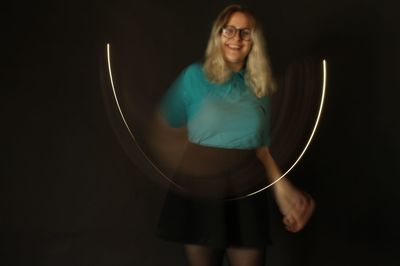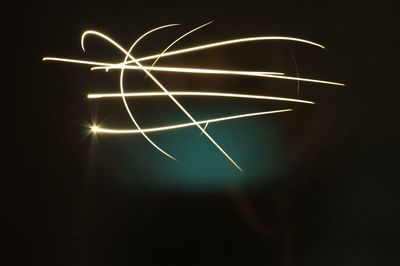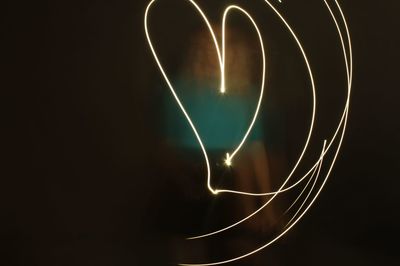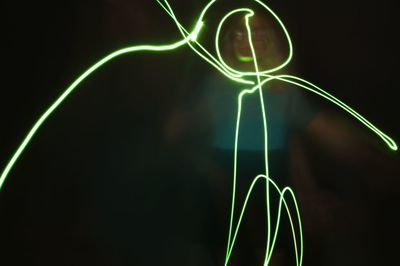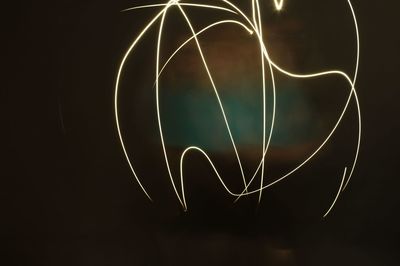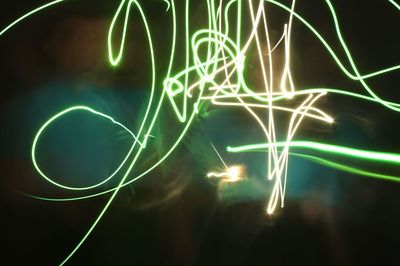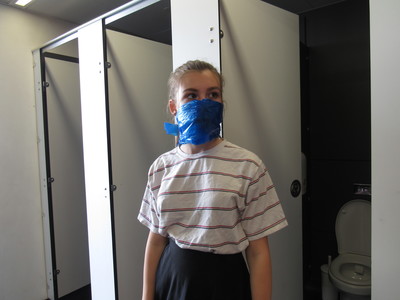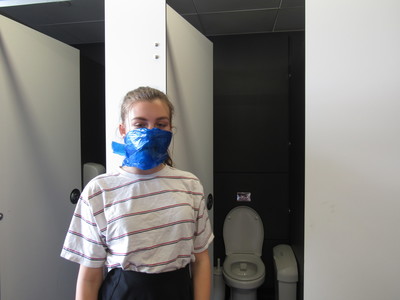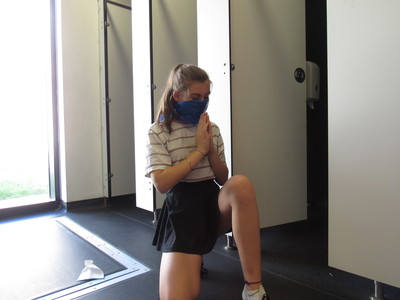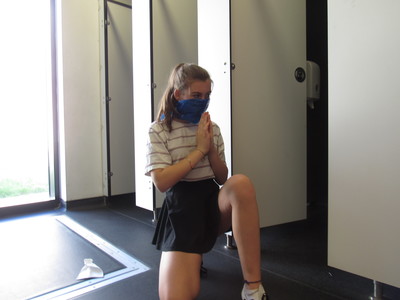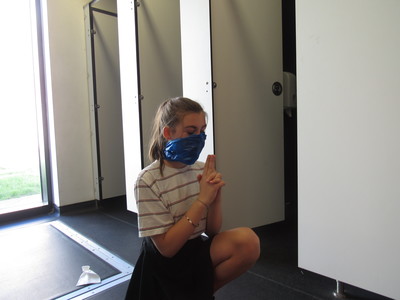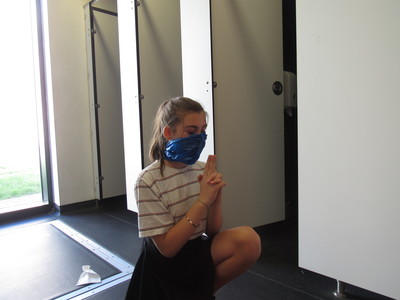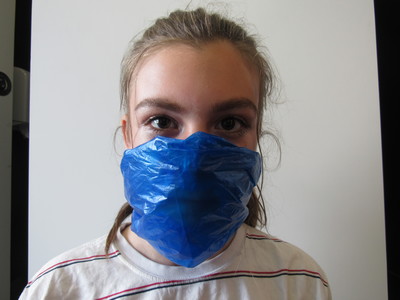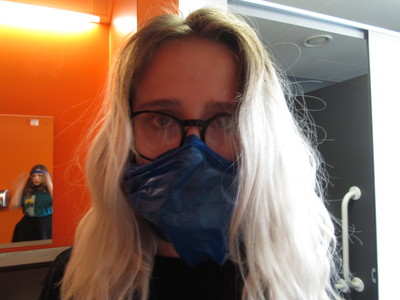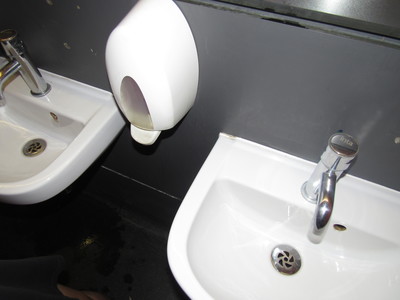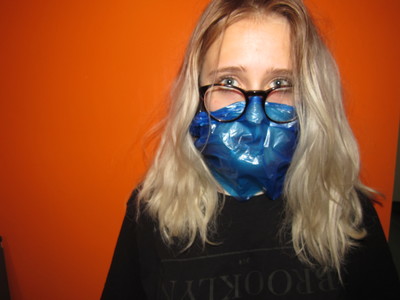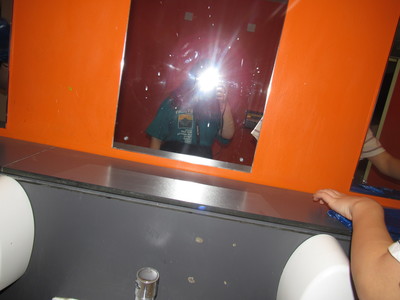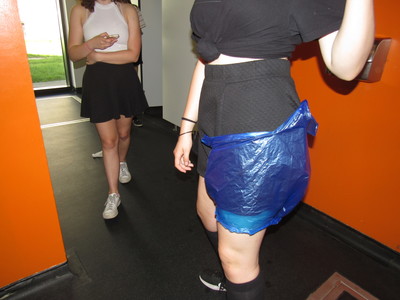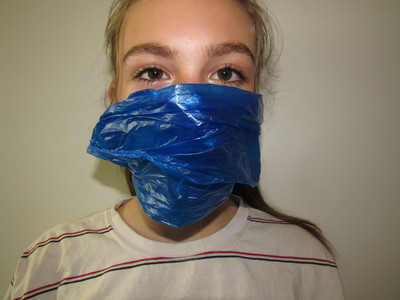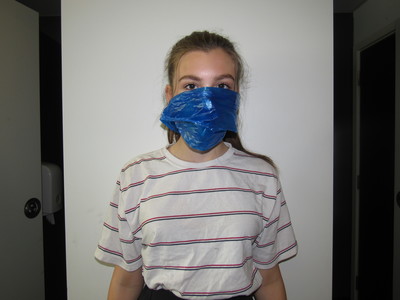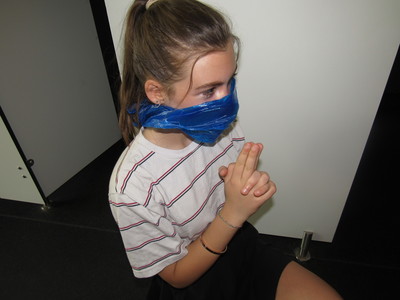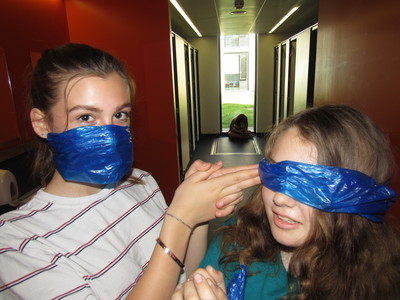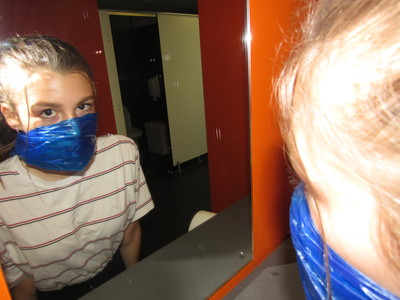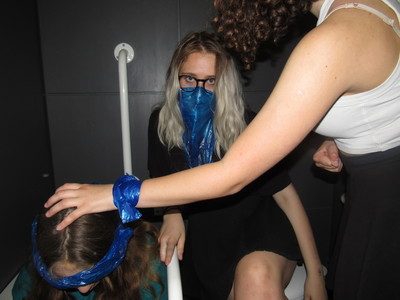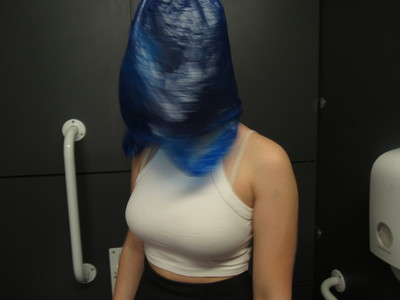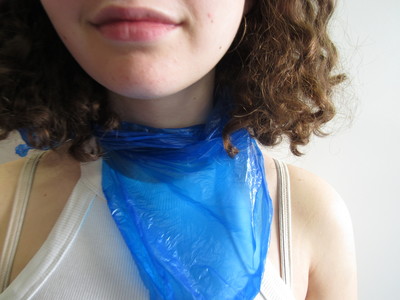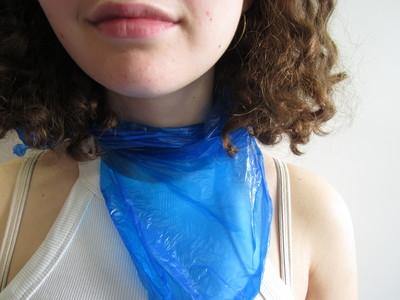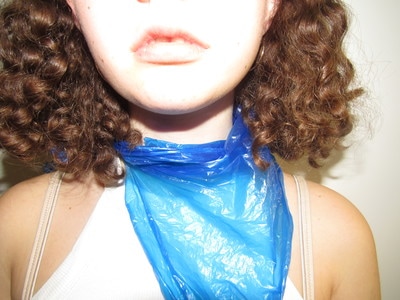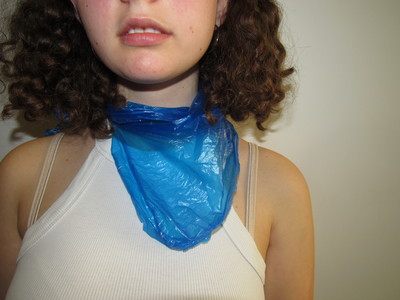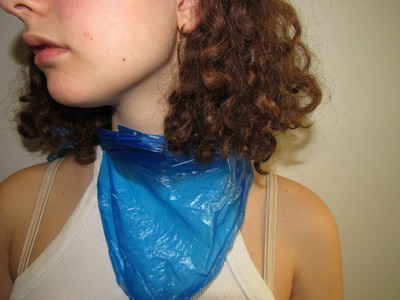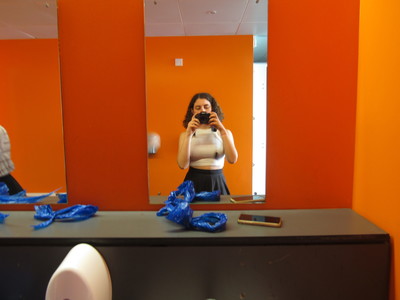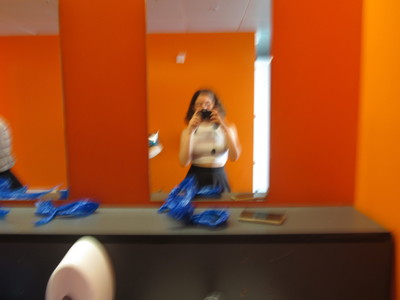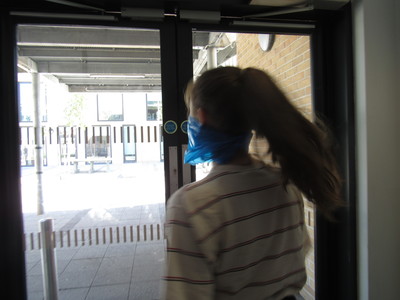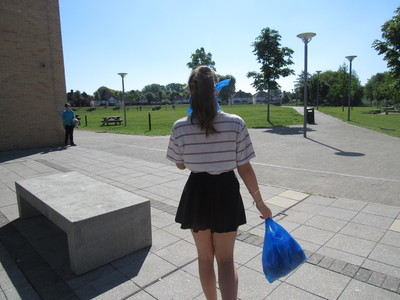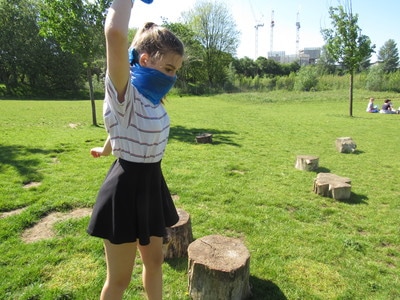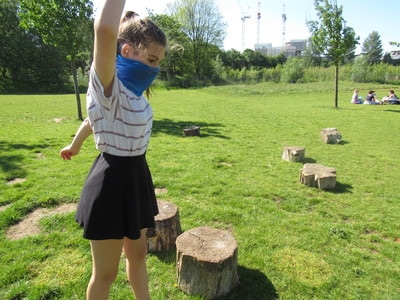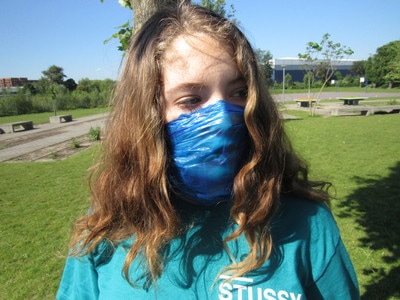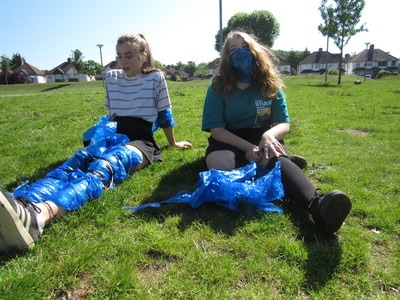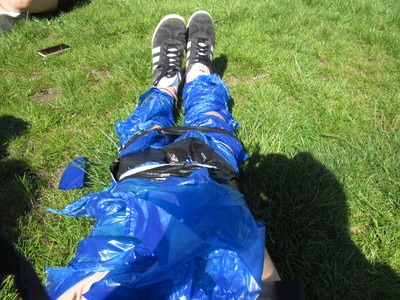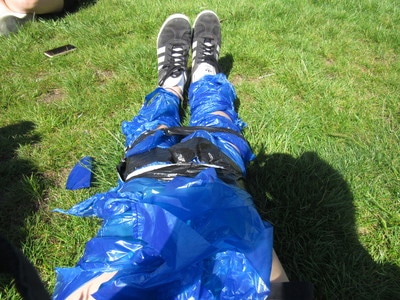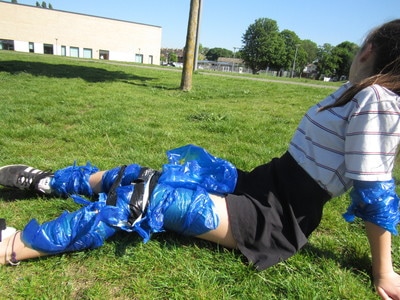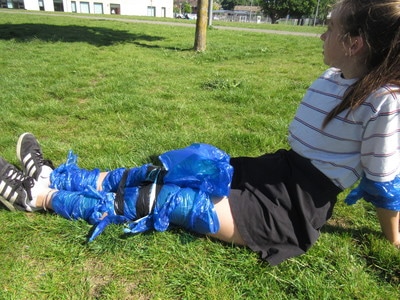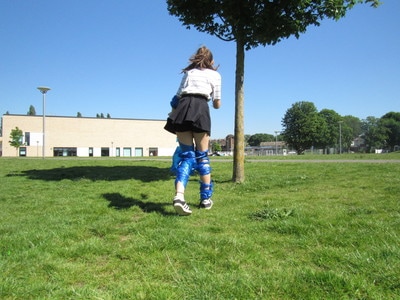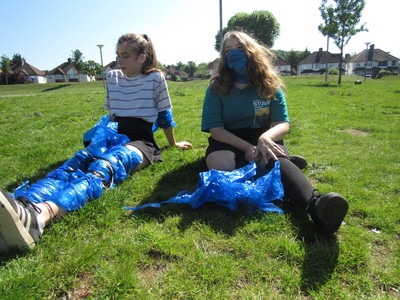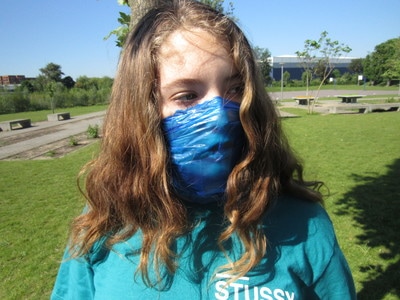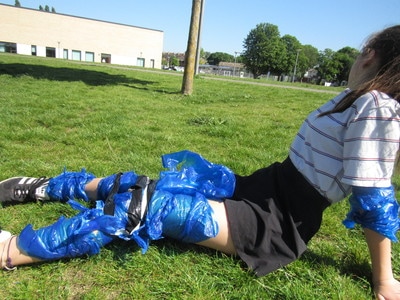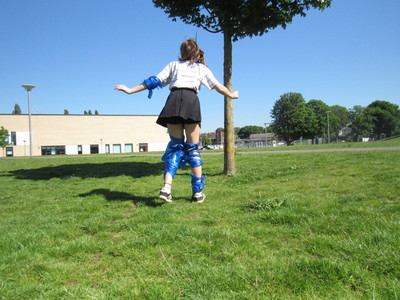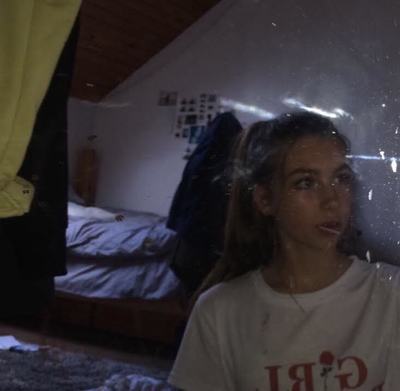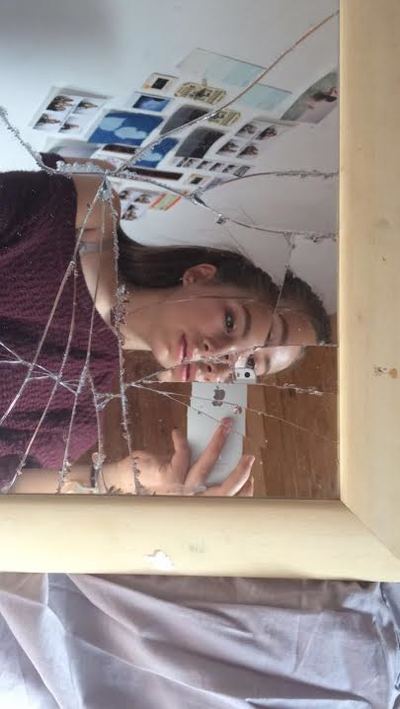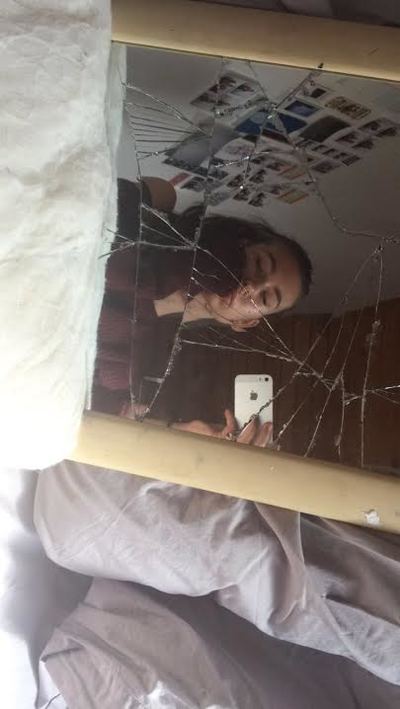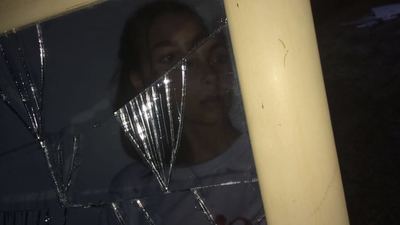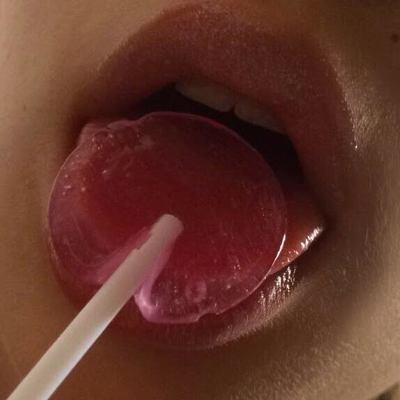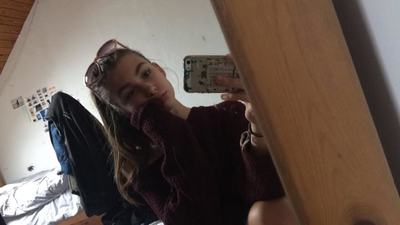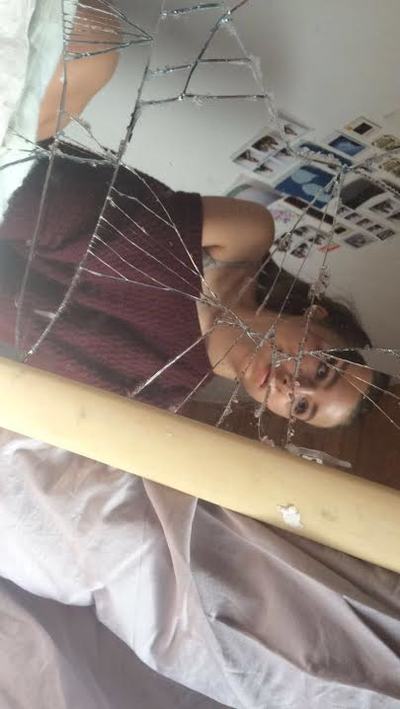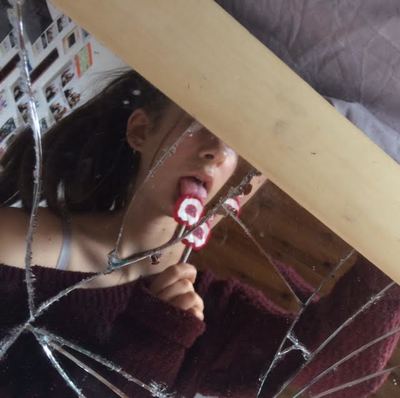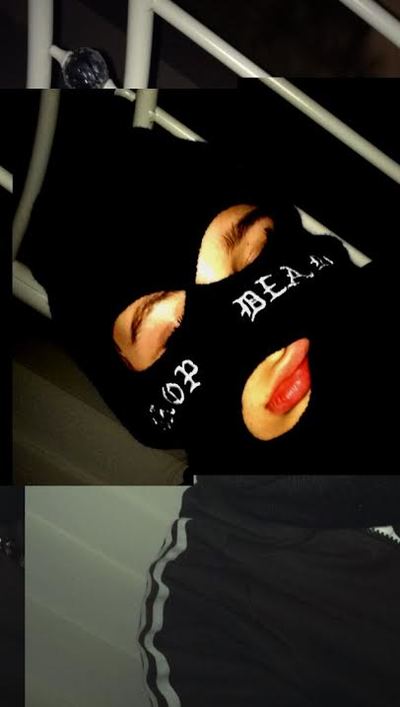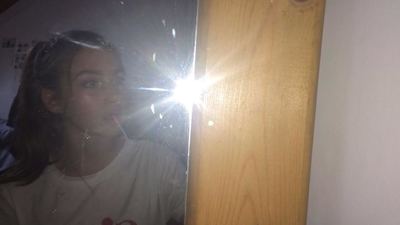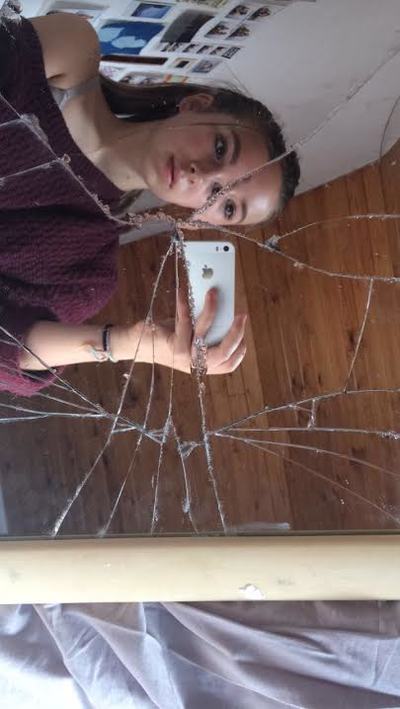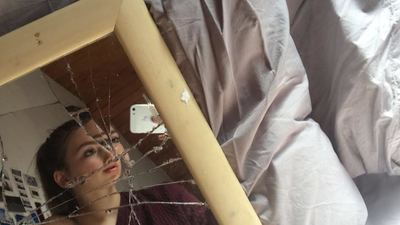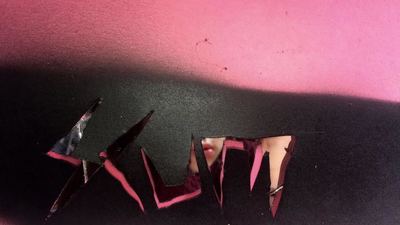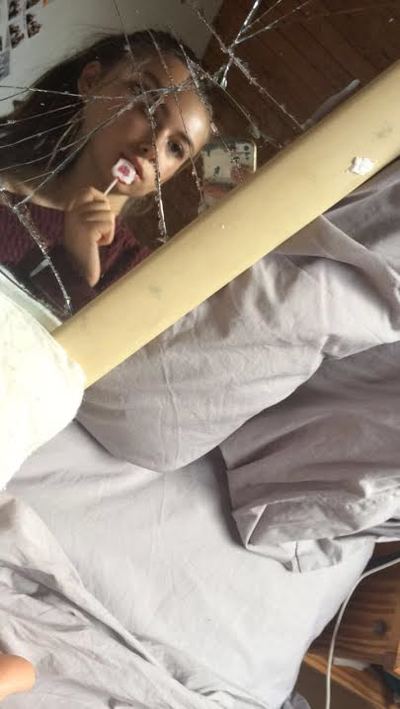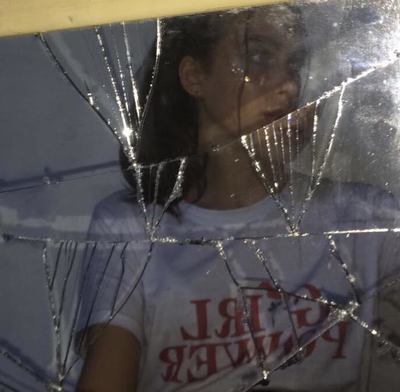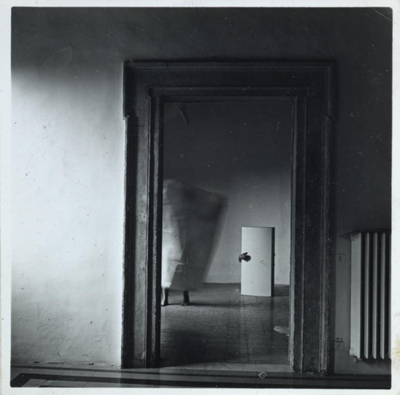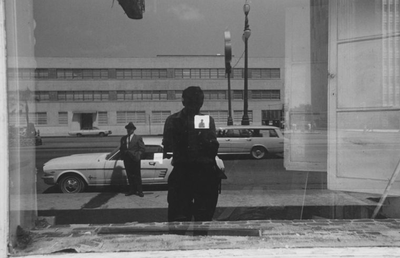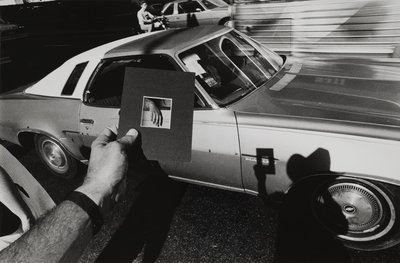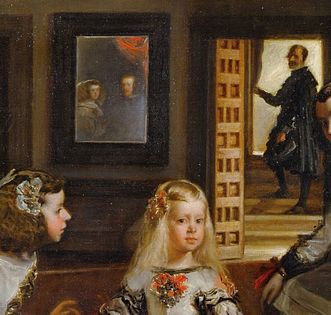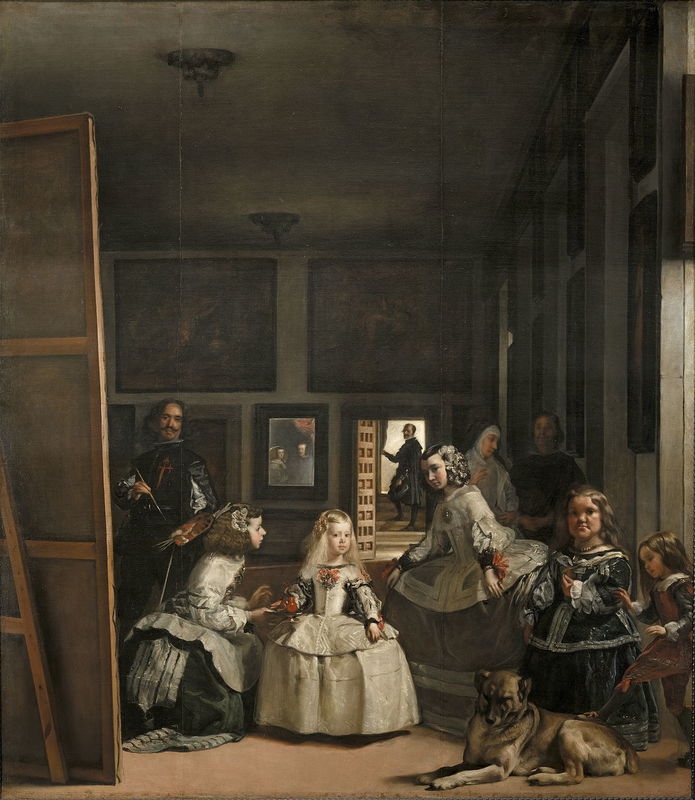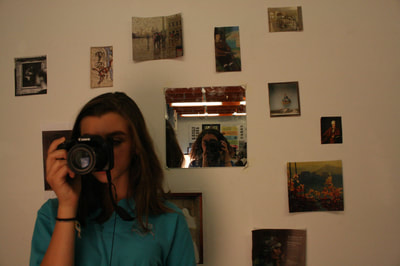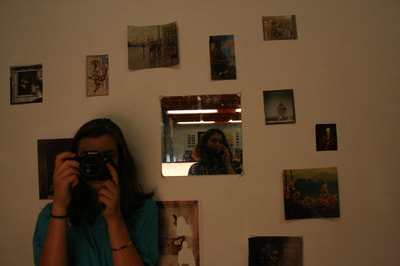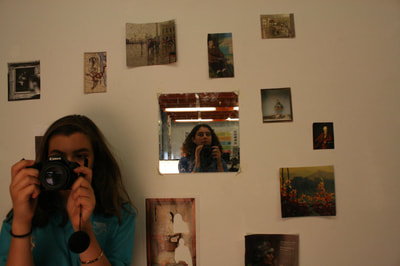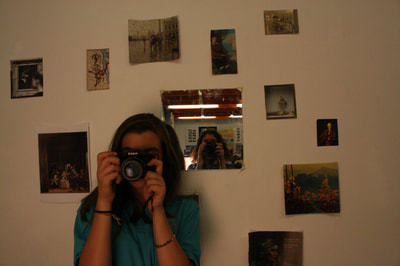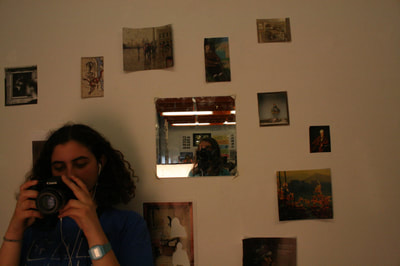Welcome to the selfie.
|
Selfies are one or possibly the biggest photography phenomenon right now, With 24 billion selfies being uploaded to the internet in this year alone. With the invention of front cameras on phones it seems everyone is able to take photos of them selves. When I think of a selfie I think of photos like these >>>>>>>>>>>>>>>>>>>>>>>>>>>>>>>>>>>>>>>>>>>>>>>>>>>>>
However selfies have a long history, The first ever selfie was taken in 1839, the same year the Degariotype process had been invented, by a man called Robert Cornelius (image 4 >>) and before this self portraiture has been used for a very long time, artists often used to paint them selfs in very realistic ways. (images 5-7) In this topic I'm going to explore the selfie phenomenon and try to take some interesting selfies. |
|
Alien guide to the selfie.
Vivian Maier
Vivian Maier was a nanny in america. She lived from 1926-2009. She a street photographer who choose to keep her work very private. She was a mysterious women with a odd personality. In 2007 a man called John Maloof found a box of her film in an auction, and fell in love with them. He looked her up online and found nothing about her so began to investigate her himself. He found more boxes of her stuff, film newspaper cut outs, shoes, letters etc. He continued investigating her life and found some very interesting things. Eventually after much struggle John managed to give Vivian the fame she deserved, Getting her into galleries all over the world.
|
|
Above are some examples of Vivian Mairers self portraits, she takes all her photos in black and white and usually quite contrasted. In class we also watched a documentary on Vivian Mairers life and how her photos we're found and distributed, However the video was taken of youtube due to copy right issues. To the left is some images of all her possessions.
|
vivian maier presentation
self portraiture
I typed photography self portraiture and these are some of the things i found.
light painting
This lesson I experimented with light painting with long exposure times, First i sett up the black back drop and turned off lights and pulled curtains closed, then I set my camera's shutter sped to 8 seconds. We grabbed our phones and turned on tourxh and waved it around and ta da. I also played around with the iso, the sensitivity to the light and the shutter speed.
Evaluation
|
WWW: I think these photos were the most successful are these >>
I would like to use light painting in a more interesting way as these images were just experimentation/practise. EBI: I took aspects of the process of light painting to make motion pictures etc, I think its a good starting point for further pictures. |
|
the blue plastic bag.
In class we looked at an artist who took photos which included a blue plastic bag in unusual ways. We tried to recreate her idea in school.
self portraits homework
Self portraits comparison
Friedlnader's image is a reflective self portrait, in which Friedlander is portrayed as a shadow. The image is in black, whiter and grey, it's quite warm toned. The composition has the main focus (Lee Friedlanders shadow) in the centre of the photo. Behind him is another man standing in front of a retro car, he is also in the middle of the image but more to the left. There are two cars going across the image which adds more interest to the photo.The reflections of what seems to be doors on each side frames the image.
Woodman's image has two disguised figures in it, both hiding the majority of their body. One subjects feet and ankle are visible but the rest of there body is covered by a 3d looking shape. The other has one hand showing and the rest of the body is hidden by a geometric block. The subjects appear to be in a reflection in a mirror or they are through a door and the photographer is standing outside the room looking in, because the image is framed by the door or mirror frame and surrounding wall. The door or mirror is positioned slightly to the right of the photo and has a section of a radiator next to it. The images again in black, white and grey but is this time more cold toned.
The final image is Josephson's photo. It includes the photographs shadows and his arm which is held out so it gives the feel we are the photographer looking out into the photo. The hand is holding a piece of card with a square cut into it which is framing and drawing your attention to someones hand which is behind the card view finder. Around the view finder is a retro car in the mid-ground has slightly been obscured by the view finder. There is also a person on a bike, another car and some sort of fence. The hand, which is being framed by the viewfinder, is sticking out the window of the car in the mid ground. This photo is again in black, white and grey and is warm toned like Friedlander's photo.
All photos use framing in interesting ways, some more obvious than others. Woodman and Josephson use physical frames in their photos where as Friedlander uses reflections of his surrounding to act as a 'frame' for his image. A similarity i found between Friedlander's and Josephson's images is they both include retro cars and everyday seems which you'd typically find outside, such as cars, people, buildings etc where as Woodman's image is inside and again has every day objects, such as a radiator, walls, a door or mirror etc but the subjects in the image are surreal and unaturalistic. Another thing I found is Friedlander's is a reflective mirror self portrait like Woodmans (if its a mirror and not a door) which is also a mirror self portrait. But Friedlander's image is also a shadow self portrait like Josphson's image you can also see Josephson's arm and hand much like Woodman's image where you can see the subjects hand. So all of the images are linked together.
I believe all three images are unconventional self portraits as none show the subjects face and self portraits usually feature someones face. They have 2 or more people in the image which is again a unconventional aspect to a self portrait. Another unconventional approach the photographers have used is the cropping of the subject, Woodman and Josephson both crop out the majority of their body, Which is unlike conventional self portraits which usually include the head and are cropped just below the shoulders.
The image I most enjoy looking at is Josephson's image as I like his use of a view finder to frame a specific aspect of a larger image. I also like the warm tone of the photo. This image may influence my own work as i may experiment with view finders or other things to frame specific things.
In conclusion i believe all the photos are similar but have similar but have many differences with in them. I also believe they all challenge the conventional self portrait and are interesting and unique. I have now realised that it is unlikely forWoodman's photo too be taken in a mirror as you can't see a camera in the reflection.
Woodman's image has two disguised figures in it, both hiding the majority of their body. One subjects feet and ankle are visible but the rest of there body is covered by a 3d looking shape. The other has one hand showing and the rest of the body is hidden by a geometric block. The subjects appear to be in a reflection in a mirror or they are through a door and the photographer is standing outside the room looking in, because the image is framed by the door or mirror frame and surrounding wall. The door or mirror is positioned slightly to the right of the photo and has a section of a radiator next to it. The images again in black, white and grey but is this time more cold toned.
The final image is Josephson's photo. It includes the photographs shadows and his arm which is held out so it gives the feel we are the photographer looking out into the photo. The hand is holding a piece of card with a square cut into it which is framing and drawing your attention to someones hand which is behind the card view finder. Around the view finder is a retro car in the mid-ground has slightly been obscured by the view finder. There is also a person on a bike, another car and some sort of fence. The hand, which is being framed by the viewfinder, is sticking out the window of the car in the mid ground. This photo is again in black, white and grey and is warm toned like Friedlander's photo.
All photos use framing in interesting ways, some more obvious than others. Woodman and Josephson use physical frames in their photos where as Friedlander uses reflections of his surrounding to act as a 'frame' for his image. A similarity i found between Friedlander's and Josephson's images is they both include retro cars and everyday seems which you'd typically find outside, such as cars, people, buildings etc where as Woodman's image is inside and again has every day objects, such as a radiator, walls, a door or mirror etc but the subjects in the image are surreal and unaturalistic. Another thing I found is Friedlander's is a reflective mirror self portrait like Woodmans (if its a mirror and not a door) which is also a mirror self portrait. But Friedlander's image is also a shadow self portrait like Josphson's image you can also see Josephson's arm and hand much like Woodman's image where you can see the subjects hand. So all of the images are linked together.
I believe all three images are unconventional self portraits as none show the subjects face and self portraits usually feature someones face. They have 2 or more people in the image which is again a unconventional aspect to a self portrait. Another unconventional approach the photographers have used is the cropping of the subject, Woodman and Josephson both crop out the majority of their body, Which is unlike conventional self portraits which usually include the head and are cropped just below the shoulders.
The image I most enjoy looking at is Josephson's image as I like his use of a view finder to frame a specific aspect of a larger image. I also like the warm tone of the photo. This image may influence my own work as i may experiment with view finders or other things to frame specific things.
In conclusion i believe all the photos are similar but have similar but have many differences with in them. I also believe they all challenge the conventional self portrait and are interesting and unique. I have now realised that it is unlikely forWoodman's photo too be taken in a mirror as you can't see a camera in the reflection.
Las Meninas interpretation
|
Las Meninas is a painting with Diego Velázquez, It depicts him painting a large canvas and ladies in waiting surrounding a kid who is dressed in expensive dresses. In the background are more paintings which are hung on the wall. Theres also a mirror which has two figures reflected in it. I think the two people being painted as well.
|
Me and kitty used aspects of Diego Velázquez's work and used it in our own pictures. I set up a back ground of images from magazines to represent the paintings, I also stuck a mirror to the wall.
